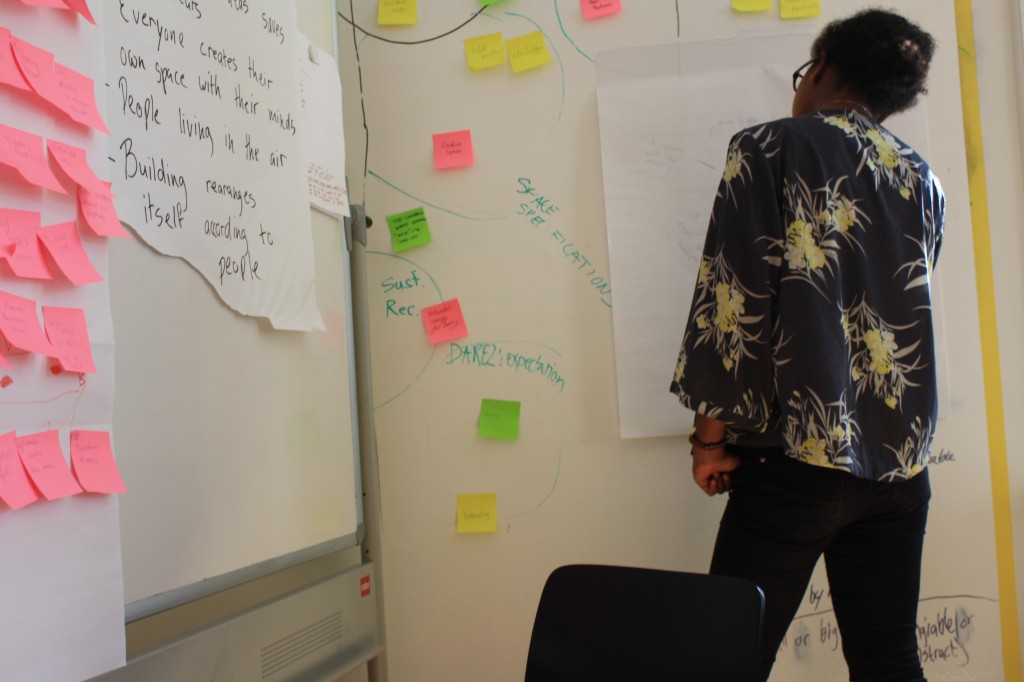Instructions
Split the students up into groups. They choose someone from the group to imagine that they are the problem. The rest of the group will then ask “the problem” a range of questions. For example:
- How are you?
- How would you rather be?
- What would you do to have it your way?
- What practical steps would you take?
- What is the first step?
This method gives the “problem” the opportunity to come up with new approaches. Make sure that groups note their thoughts, reflections, ideas as “the problem” advances through the process.
Worth Considering
There are several variations of this exercise. Instead of interviewing the problem, you could ask the students to identify the problem’s stakeholders and interview them instead.
Preparation
Make an interview guide for the problem and its relevant stakeholders.


